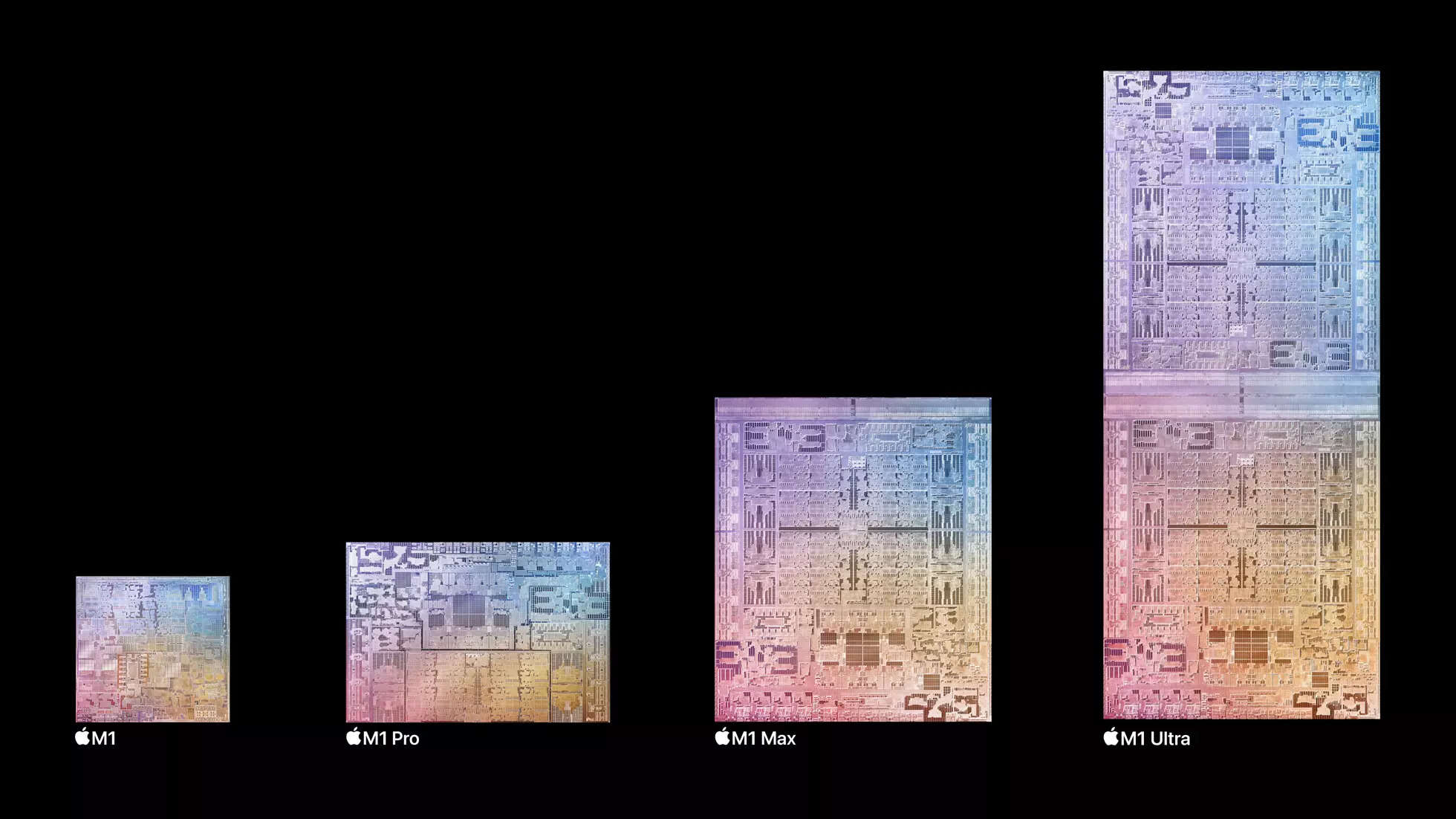Apple M1 processors: What they offer, how they are different and more – Times of India
M1 Ultra: The fastest and world’s most ‘powerful’ processor
That’s right. Apple calls the M1 Ultra the “world’s most powerful chip for a personal computer.” It’s not just a statement that makes for a catchy headline but the M1 Ultra genuinely packs a punch. And then some more. M1 Ultra has 114 billion transistors; can be configured with up to 128GB of high-bandwidth, low-latency unified memory that can be accessed by the 20-core CPU, 64-core GPU, and 32-core Neural Engine. If that sounds a lot of tech jargon then simply put that’s a ridiculous amount of power in a processor. If that wasn’t clear enough then to further break it down, the M1 Ultra is eight times more powerful than the M1 chip and combines the power of two M1 Max chips.
M1 Max: A lot of power for the ‘Pros’
Till October 2021, the M1 Max was the most powerful processor you could find in a Mac. M1 Max has a 10-core CPU and a 32-core GPU. It has about 57 billion transistors — 70 per cent more than M1 Pro and 3.5x more than M1 — M1 Max is really fast and powerful. What it also does is that uses a lot less power — the M1 Max MacBook has great battery life — generates less heat and its fans runs really quietly. The M1 Max can be configured up to 64GB of RAM and it is four times faster than the M1 chip.
| M1 | M1 Pro | M1 Max | M1 Ultra | |
| Number of CPU Cores | 8 | 8 and 10 | 10 | 20 |
| GPU Cores | 7 and 8 | 14 and 16 | 24 and 32 | 48 and 64 |
| Performance Cores | 4 | 6 and 8 | 8 | 16 |
| Efficiency Cores | 4 | 2 and 4 | 2 | 4 |
| Neural Engine Cores | 8 | 16 | 16 | 32 |
| RAM (Unified Memory) | 8GB ad 16GB | 16GB and 32GB | 32GB and 64GB | 64GB and 128GB |
| Number of transistors | 16 billion | 33.7 billion | 57 billion | 114 billion |
| Supported Macs | MacBook Air, 13-inch MacBook Pro, 24-inch iMac | 14-inch MacBook Pro, 16-inch MacBook Pro | 14-inch MacBook Pro, 16-inch MacBook Pro | Mac Studio |
M1 Pro: The mid-range processor for MacBooks
It’s rather interesting that for most other laptops, the M1 Pro would be the high-end processor. But in Apple’s portfolio, it is now a mid-range one. And this is despite packing in 33.7 billion transistors, a 10-core CPU, including eight high-performance cores and two high-efficiency cores. Apple says that compared with the latest 8-core PC laptop chip, M1 Pro delivers up to 1.7x more CPU performance at the same power level and achieves the PC chip’s peak performance using up to 70 per cent less power. Yes, the M1 Pro MacBooks also have a very good battery life. M1 Pro has an up-to-16-core GPU that is up to two times faster than M1.

M1: The ‘entry-level’ processor
Launched in 2020, the M1 processor is now firmly the most ‘basic’ processor in the Apple lineup. When we say basic, it is compared to the other three M1 processors as this one too is quite powerful. The M1 was the first personal computer chip built using cutting-edge 5-nanometer process technology. It packs in 16 billion transistors and has an 8-core GPU. Compared to the Intel Macs, M1 delivers up to 3.5 times faster CPU performance, up to 6 times faster GPU performance, and up to 15 times faster machine learning. Not to forget, the M1 powered MacBooks also deliver a very good battery life.
For all the latest Technology News Click Here
For the latest news and updates, follow us on Google News.
